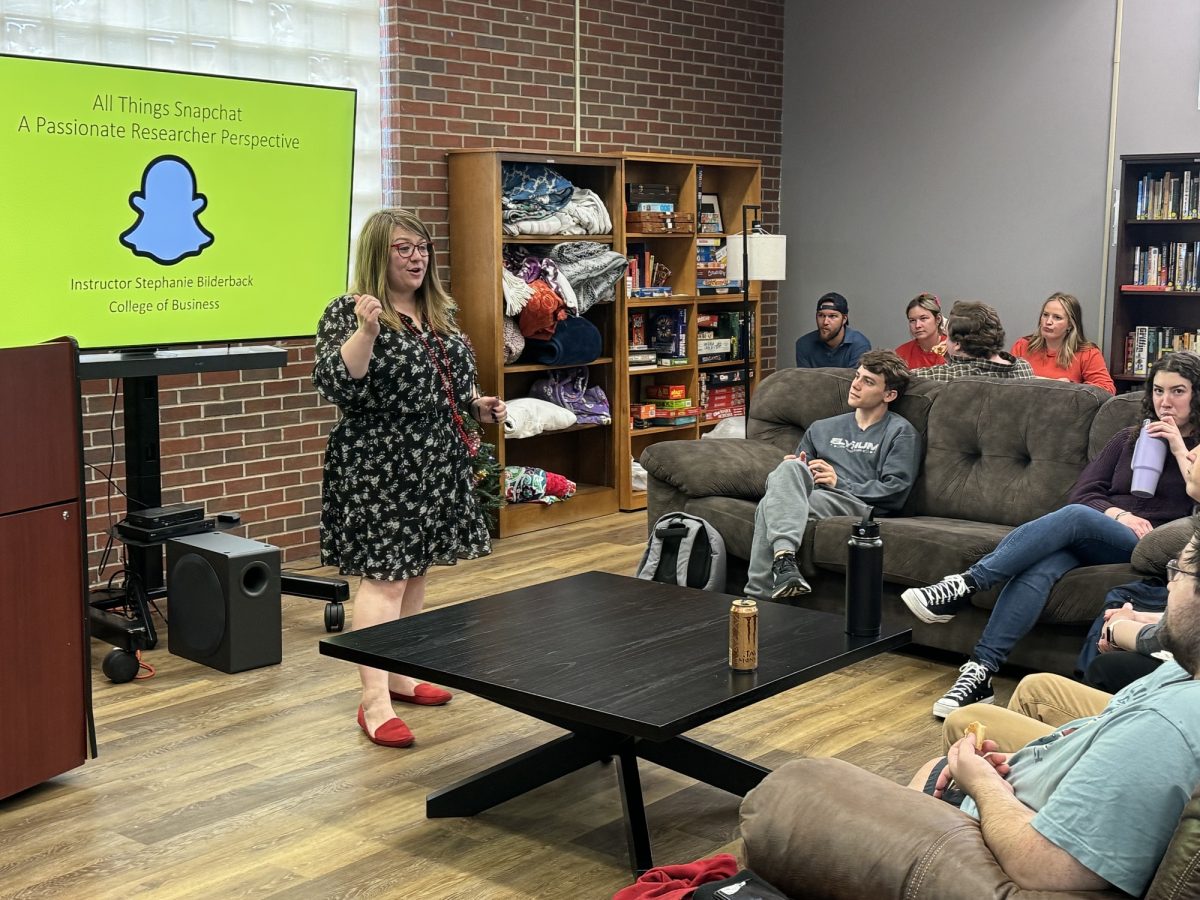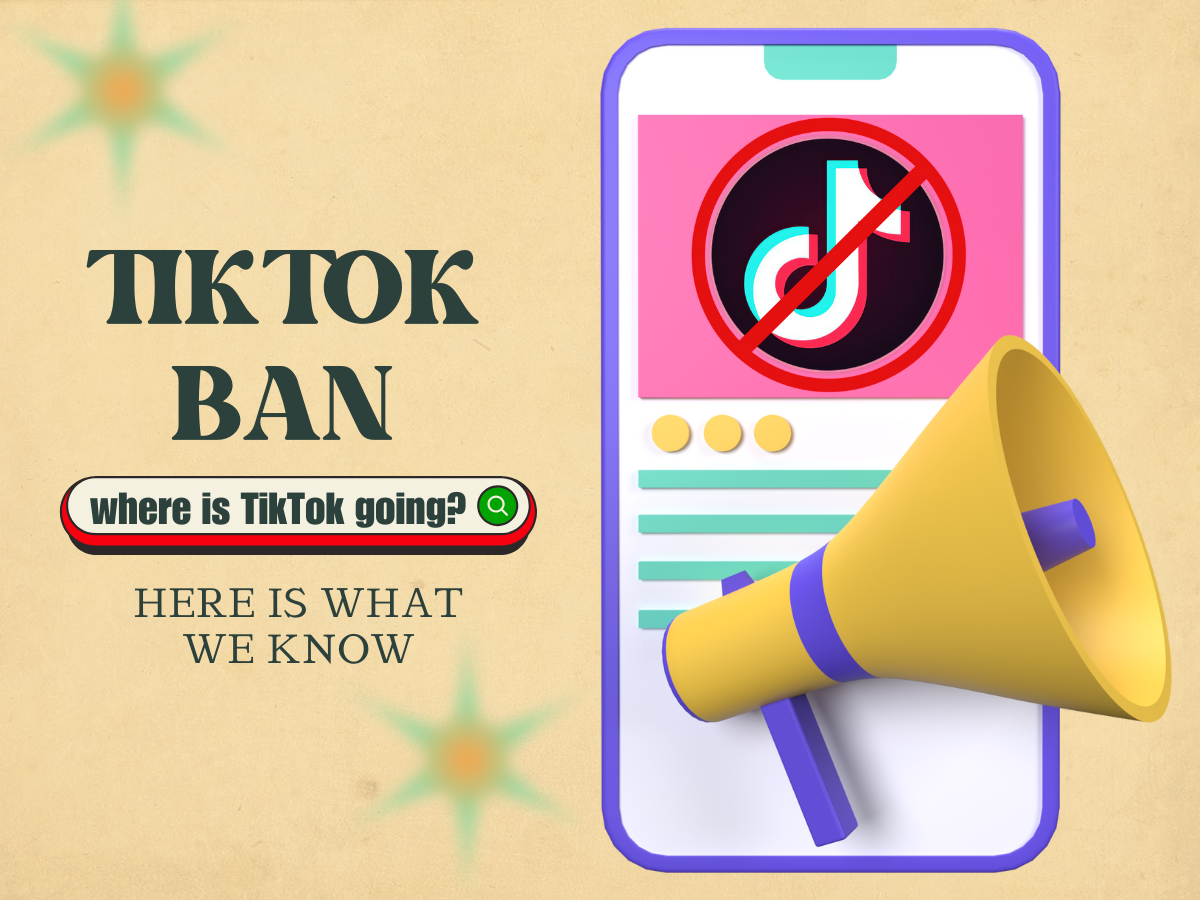–Danielle Booker, Staff Writer
In today’s society, many people associate the word “cancer” with a death sentence. People are working every day to change this common misconception.
Advances in modern technology, as well as thousands of supporters and survivors, are working toward a cure.
In fact, in recent years, perhaps coinciding with the decline in prescriptive hormone replacement therapy after menopause, we have seen a gradual reduction in female breast cancer incidence rates among women ages 50 and older.
Death rates from breast cancer have been declining since about 1990, due in part to better screening and early detection, increased awareness, and continually improving treatment options.
Martin Luther King Jr. said, “We must accept finite disappointment and never lose infinite hope.”
According to the American Cancer Society, in 2013, an estimated 232,340 new cases of invasive breast cancer were expected to be diagnosed among U.S. women, as well as an estimated 64,640 additional cases of Ductal carcinoma in situ breast cancer. DCIS is the earliest form of breast cancer, and it refers to when the cancer has not yet spread around the breast.
Approximately 39,620 U.S. women are expected to die from breast cancer this year. Only lung cancer accounts for more cancer related deaths in women. Breast cancer incidence rates are highest in non-Hispanic white women, followed by African American women and are lowest among Asian/Pacific Islander women. In contrast, breast cancer death rates are highest for African-American women, followed by caucasian women.
Breast cancer death rates are lowest for Asian/Pacific Islander women. Breast cancer incidence and death rates also vary by state, according to the National Cancer Association.
Many people are unaware breast cancer is not just for women; men can get it as well. It is not nearly as common, but it is possible.
Knowledge is the key, so we should educate ourselves. Understanding is the first step in both prevention and recovery. According to the National Breast Cancer Society, breast cancer is a group of cancer cells, malignant tumors, that develop in the cells of the breast.
One in eight women will be diagnosed with breast cancer in their lifetime. Knowing facts, will cause someone to understand getting checked annually is a smart piece of advice to take.
Being diagnosed with breast cancer can be a scary thing, not only for the person diagnosed, but for friends and family. As I said before, most people associate cancer with a death sentence, but there are survivors who will testify this is not the case.
Establishing a strong support system is always important, in addition to knowing and understanding the disease.
The strength of friends and family, along with the assistance of knowledgeable physicians, is the only cure we know at this point, but it has proven effective.
If you do not have breast cancer and still want to contribute, there are awareness groups that need your help.
This month is National Breast Cancer Awareness Month, and there are a series of things that you can do.
There are events for every month of the year on the National Cancer Association’s website. Together, we can find a cure, and together, we can convince the world cancer is no longer a death sentence. TAS






